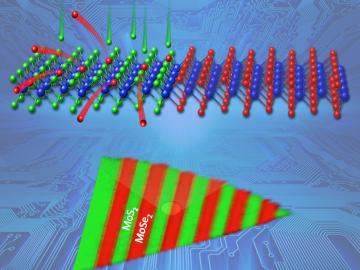
Carter to lead Fusion Energy Division at Oak Ridge National Laboratory
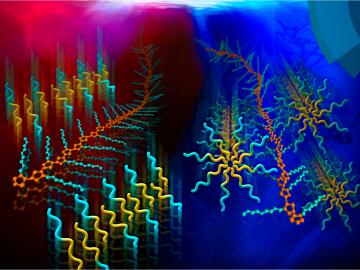

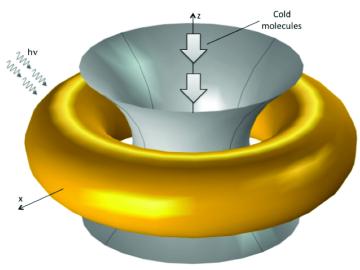
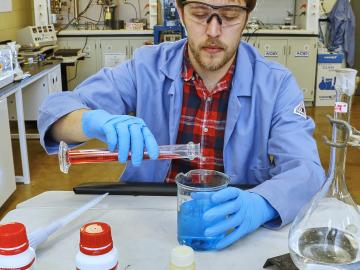
A catalyst being developed by researchers at the Department of Energy’s Oak Ridge National Laboratory could overcome one of the key obstacles still preventing automobile engines from running more cleanly and efficiently. The mixed oxide catalyst could solve the ...
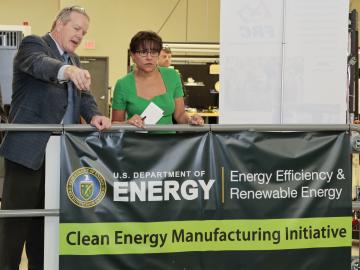
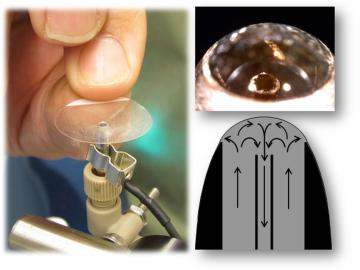

A new technology developed by the U.S. Department of Energy’s Critical Materials Institute that aids in the recycling, recovery and extraction of rare earth minerals has been licensed to U.S. Rare Earths, Inc.

